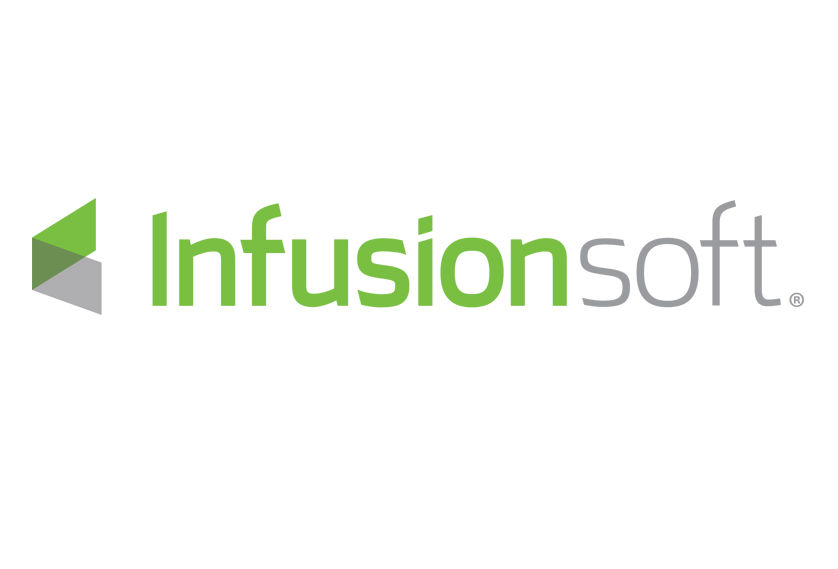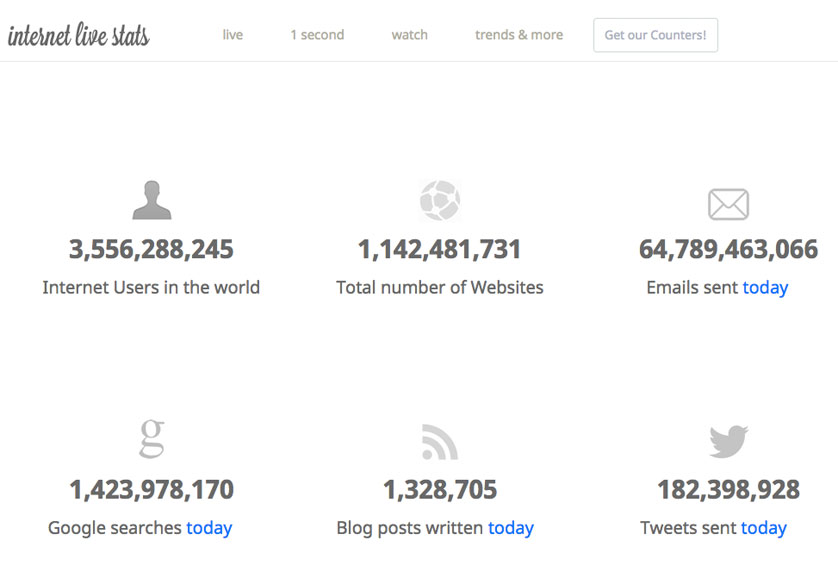Anyone who’s ever made a serious attempt to grow their business organically knows that it’s an expensive process.
It’s not uncommon to find a business that is winning loads of new clients – and experiencing a cash flow crisis at the same time. Because of the cash cost of attracting, winning and onboarding those new clients.
Typically, we learn this as business owners the hard way. Normally at 4am, lying awake in bed wondering how we’re going to make payroll!
This is why, when I’m advising IT support businesses on their growth, I teach them to get their cash flow sorted, or any funding in place before embarking on a serious round of new client acquisition.
I believe it’s the cost of acquiring new clients that encourages business owners to “do it on the cheap”
Most people are always looking for ways to reduce their marketing spend. Yet that’s completely the wrong way to approach it.
Of course you should always look for value for money. But rather than looking at ways to reduce the amount you spend on acquiring new clients, you should be willing to spend more than your competitors to win the right kind of new client.
Here’s the secret: Don’t be distracted by the short-term costs of getting a new client. Instead, focus on the long-term revenue and profit they will bring you.
Some questions to answer:
- When you win a new client, on average how many users do they have?
- How much do they pay per user, per month?
- How long does a client stay with your business, on average?
Let’s say your average new client has 10 users.
You charge them £25 per user per month.
And your retention will be excellent (it is for most IT support companies, most of the time) – so let’s say you keep a client on average for 3 years. I realise it’s probably going to be a lot longer than that.
- 10 users x £25 a month = £250 a month
£250 x 12 months = £3,000 per year
£3,000 x 3 years = £9,000
So without doing any projects, selling any hardware or software, that new client you’ve just signed is going to be worth £9,000 to your business over the next few years.
£9,000. Of new revenue. Wow.
If you wanted to get even more excited about that figure, now work out the gross profit of that new client.
Let’s say you had a 75% gross profit margin.
- 75% of £9,000 is £6,750 of pross profit
You can take it a step further. What’s your net profit margin? Let’s say it’s 15%.
- 15% of £6,750 is £1,012.50
£1,012.50. Pay tax on it, and that’s your money to spend.
Can you see the power of thinking this way?
Because while most of your competitors are thinking about the £250 they get from the client in the first month, you are focused on the revenue, gross profit, and net profit you can collect from the client over the next few years.
The £9,000 revenue figure is known as Average Lifetime Value
It’s the value of the average client over their lifetime with you business.
When you know this figure inside out, it allows you to make some very sensible spending decisions.
Spend £50 a day on quality traffic. £1,000 on a cracking piece of direct mail. £30,000 on a high quality sales person.
Costs your competitors will not be willing to spend. Because they’re not thinking the right way.
One caveat: Going back to the start of this article, to make this way of thinking work, you need to make sure you have adequate cash flow and funding in place to spend this money today, and reap the benefits down the line.
Shameless plug: Three ways I can help you
1) Profit accelerator: I have two new groups open starting in January 2018, one in Milton Keynes and one in Manchester. These will be the last Profit Accelerator groups I set up, as the amount of time I have available for these groups is being pressured by other projects.
2) MSP Marketing Edge: More than 50 IT support companies now trust this monthly source of marketing content and advice. Check if your area is available. Subscribe today, and you’ll get September’s content… then October’s content on Sunday morning.
3) The Ultimate Business Growth Manual: My most in-depth written guide to growing your IT support business.
And if you’ve got any questions about Average Lifetime Value, pop them in the comments box below.






